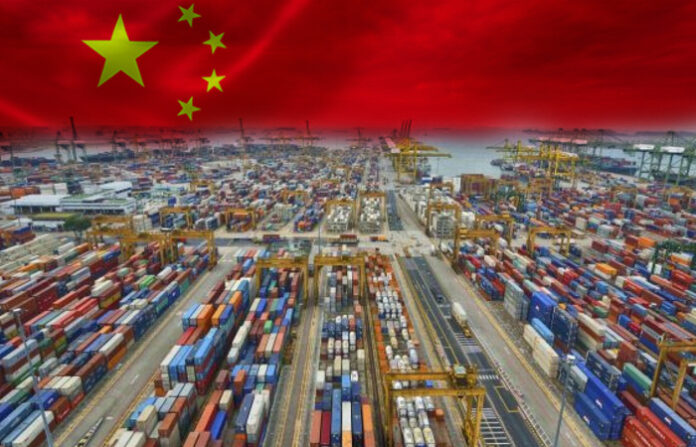The world’s largest free trade agreement has been signed by China and fourteen other Asia-Pacific nations, which analysts are now calling a coup for China to expand its reach. The members of this trade agreement make up almost one-third of the world’s population and account for 30% of the world’s GDP.
The Regional Comprehensive Economic Partnership (RCEP) was signed this weekend by means of a virtual platform. This deal, along with China, Japan, South Korea, New Zealand and Australia, involves 10 Southeast Asian economies.
- RCEP: What it will do for region’s other Asian countries
Within two decades, the Regional Integrated Trade Partnership seeks to remove a wide variety of import tariffs. The provisional effects on intellectual property, telecommunications, financial services, e-commerce and other technical services are also included.
The RCEP’s latest ‘laws of origin’ would have an immediate and enormous impact, according to sources.
Many Member States currently have Free Trade Agreements (FTAs) with each other in the region, but trade growth is impeded by limitations. Compared to RCEP, current FTAs can be very difficult to use, the Asian Trade Centre said.
Even within an FTA, businesses with global supply chains could face tariffs. That is mainly because of its goods that include components produced elsewhere. For example, in the new trade zone, a product manufactured in Indonesia containing Australian parts might face tariffs elsewhere.
Both member countries will trade on equal terms under the RCEP. This will provide an opportunity for RCEP-established companies to look for suppliers within the trade region.
A Trans-Pacific Partnership (TPP) led by the Obama administration was previously signed in 2016 by 12 nations. It was a draught agreement that excluded China but included several countries from Asia. However, U.S. President Trump withdrew in 2017 and created a rift for the next three years.
The RCEP brings together countries whose diplomatic relations have been unstable, especially China and Japan.
Despite reports that China could boycott some Australian import costs due to a range of political differences, China and Australia will sign the agreement.
After years of U.S. retreat under President Donald Trump, which saw Washington back out of a trade agreement of its own, the Trans-Pacific Partnership (TPP), the deal is also seen as a way for China to draft trade rules in the region.



You are so interesting! I do not believe I’ve truly read through something like this before.
So wonderful to find another person with unique
thoughts on this subject matter. Really..
thank you for starting this up. This web site is something
that is needed on the internet, someone with some originality!